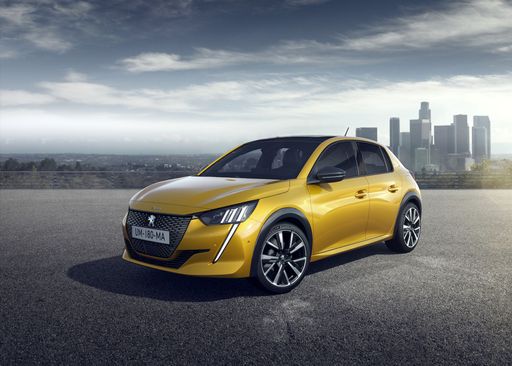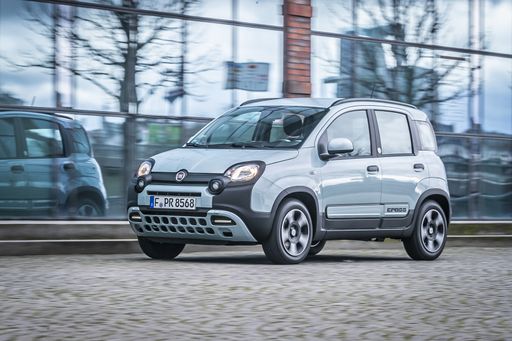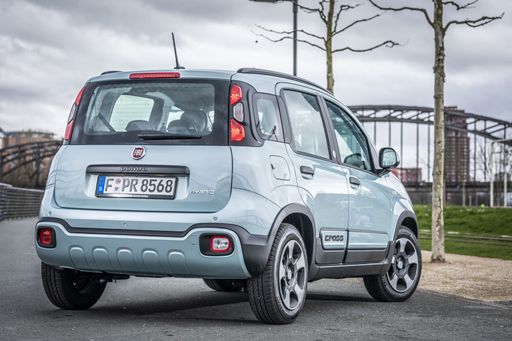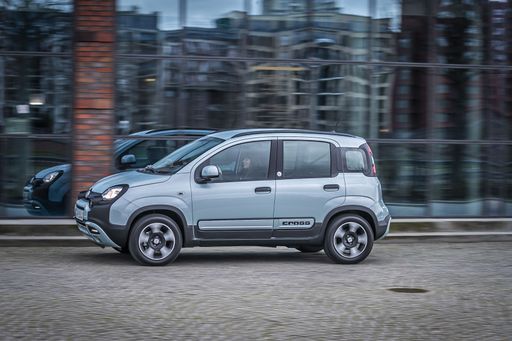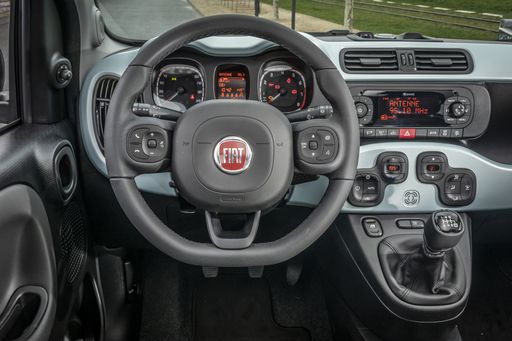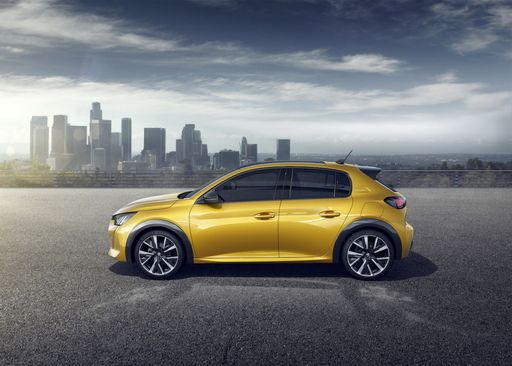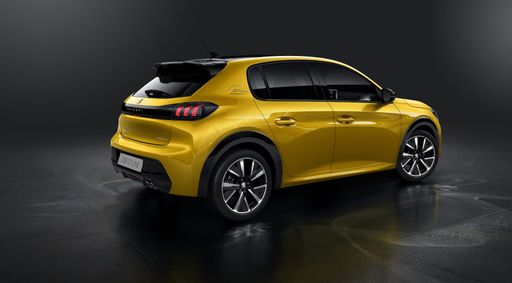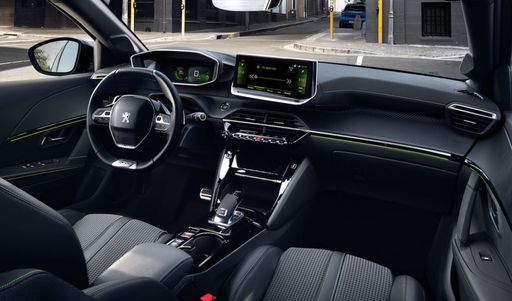A Clash of the Hatchbacks: Fiat Panda vs. Peugeot 208
In the world of compact cars, the Fiat Panda and Peugeot 208 are two titans that consistently vie for supremacy. Each brings its own unique set of attributes to the table, catering to different needs and tastes. In this article, we'll dive into the technical details, innovations, and performance of these two formidable contenders for your driveway.

